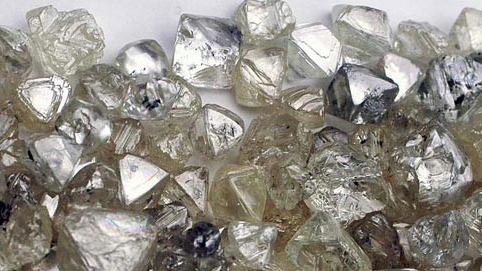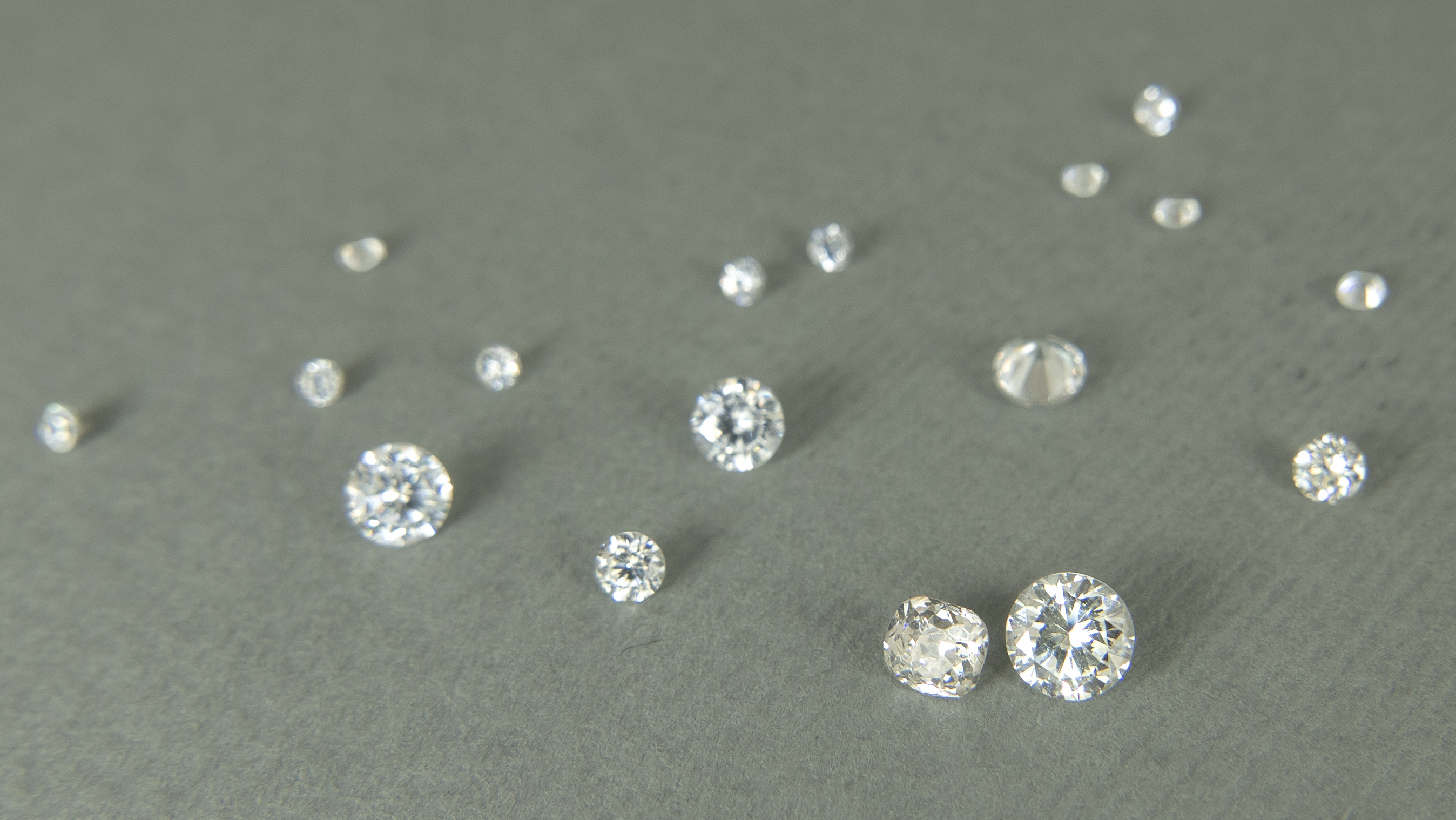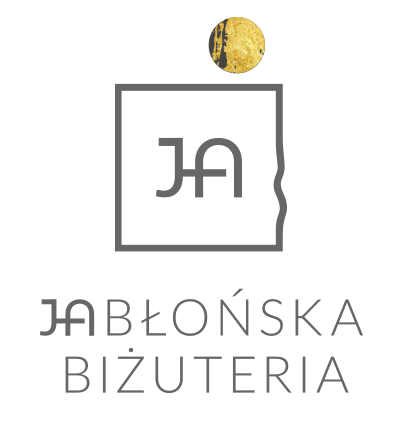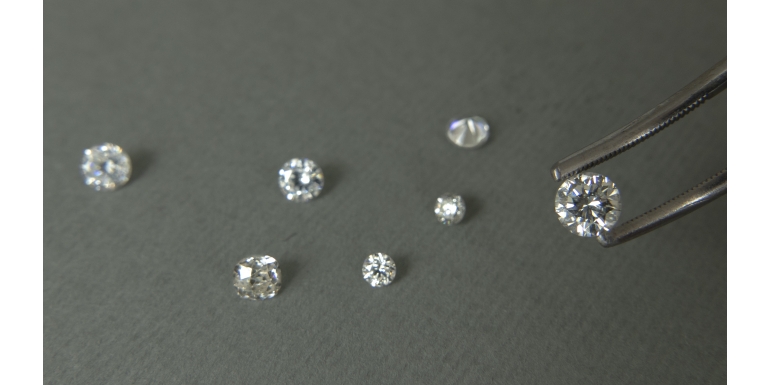HOW A DIAMOND IS MADE
Diamond crystals are a type of carbon and were formed millions of years ago in the deep layers of the earth under the influence of high pressure and temperature. As a result of volcanic eruptions, they escaped closer to the earth's surface. Some of them failed to withstand the temperature of the molten lava during these eruptions and turned into graphite (another form of coal). DIAMOND is one of the hardest minerals in the world. It is at the top of the Mohs hardness scale. However, recent discoveries, including another type of carbon called lonsdaleite, have dethroned it.
According to some researchers, the word "diamond" comes from the Persian elma - "hardest", but most sources indicate the origin of its name from the ancient Greeks, who referred to diamonds with the word adamas - meaning "indestructible". In the old days, declaring a diamond's indestructibility often resulted in smashing it during the hardness test - with a hammer on an anvil. It should be added here that the diamond is hard, but its structure also makes it very cleavable. This means that it may just burst. For example, hitting a diamond ring against some metal edge can crush it.

Diamonds have been known to mankind for several millennia, but because of their hardness, it was not possible to grind them for a long time. It started in the 14th century. The natural shape of a rough diamond is in the form of an octahedron (a regular polyhedron with 8 sides in the shape of congruent equilateral triangles), so that at the beginning the cutters polished the natural facets of the stone. Such diamonds are called "sharpened" or "diamond points." And only from the 16th century, goldsmiths began to make diamond facings, that is, giving it new shapes in order to bring out more light and brilliance. Hence, its role in the history of jewelery has been gaining momentum since then. I will tell you more about the history of diamond grinding in the next article.
You often ask me how to distinguish a diamond and a brilliant. This question is asked by everyone who is looking for diamond jewelry, because these two designations are often used interchangeably in the descriptions of products of online stores. Hence the dilemma that often arises in the minds of people looking for beautiful jewelry: a diamond or a brilliant?

What is DIAMOND?
It is a round diamond cut to a minimum of 57 facets! This type of gem processing is called brilliant cut, from the French brilliant - "glossy". It is considered to be the pinnacle of grinding achievements. Thanks to it, the diamond obtains the highest brilliance which brings out all the beauty of this gem.
Hence, EVERY BRILLIANT IS A DIAMOND, but NOT EVERY DIAMOND IS A BRILLIANT!
Nevertheless, in common parlance, the meaning of the word diamond often includes all cut diamonds. However, in jewelry terminology, the types of cuts should be specified using their exact names. You can read about the types of cuts here.
QUALITY AND PRICE OF DIAMONDS
The assessment of the quality of a diamond, and thus its price, is influenced by 4 criteria called 4C for four English words.
CARAT - the mass of gem. It is defined in carats, but other than gold carats. 1 carat is 0.2 grams. The mass of the diamond, and thus the size of the gem, has a significant impact on its value.
COLOR- means color. Most of the mined diamonds are colored. Among them there are pink, blue, orange ones and most often with shades of yellow, brown or gray. Hence, the colors of diamonds, may be different. The rarest, and therefore the most valued, are completely colorless stones. A scale describing the degree of colorlessness of diamonds has been created to assess the color.
CLARITY - the purity of the gem. Diamonds, like most natural gems, generally have internal marks, called inclusions, and external blemishes. These are what make each gem unique.
- Marks of P1, P2, P3 clarity diamonds can be seen without a magnifying glass. They let in less light and are darker, but sometimes these debris can be decorative.
- In stones of SI, VS or VVS purity, inclusions can be seen only with the use of a specialized magnifier with a 10-fold magnification. I choose such gems for my works. I like their bright flash.
- The rarest are LC-grade diamonds. Inclusions in diamonds of this purity are not discernible even with the use of a magnifying glass. Unfortunately, I haven't had such a gem in my hand yet, but it's all ahead of me!
CUT - a cut. He brings out the brilliance of a diamond. During this assessment, the appraiser looks at the shape, proportions and finish of the cut. Only an extremely carefully crafted cut of a diamond can make the light shining through the diamond release its internal fire.
WHAT IS CARAT - EXACTLY
You often wonder: 1 carat how much do I play? A carat is a unit of weight for a gemstone since ancient times. It comes from the name of the seed of the bread tree, the Greek for "keration." The seeds of this weather-resistant and undemanding plant were widely available. Regardless of the abundance of crops and weather conditions, they were always the same size and weighed the same. Therefore, they were used as weights for weighing gemstones. The seed weighed about 0.2 grams. Officially, the term "carat" as a unit of weight was registered in Paris during the General Conference of Weights and Measures in 1907. So 1 carat of diamond is equal to 0.2 grams.
DIAMOND - SYMBOLICS
The symbolism of precious stones has fascinated people for a long time. The diamond was valued in all cultures. In ancient India, it was considered a stone of purity and innocence. It was believed that it arose from a lightning strike. In ancient Egypt, he was a symbol of wisdom and power. And in the Romans and Greeks, who considered diamonds to be the tears of the gods or the crumbs of the stars, they symbolized invincibility. It is said that the diamond exhibits its magical properties, defending its owner from the negative influence of other people or events, and gives strength and energy during battle. It was no coincidence that Emperor Napoleon carried a large diamond with him. He believed that a diamond could block an evil spell cast on its owner, directing its power to the enemy.It must be added here that it was commonly believed that only stones that are acquired without the use of violence have real power. Otherwise, the diamond may "repay" it by adversely affecting the owner. The stone that is inherited or donated has the greatest strength.
This jewel is associated with durability, therefore it is a timeless symbol of fidelity and love. It is the most popular gemstone for decorating engagement rings. They have also been a symbol of success, social status and good investment for many years.
HEALING PROPERTIES OF DIAMONDS
Remarkable healing properties have been attributed to diamonds since ancient times. In ancient times, it was believed that diamonds could fight off their owner's disease, ward off bad dreams, fight hypochondria and apoplexy, and even protect them from poison. Hindus believe that diamond can lower high fever, fight infection, help with skin conditions, fight fatigue, and improve metabolism in general. In Indian magic, the diamond was considered the most important stone of the seventh chakra, connecting man with the forces of the cosmos. The yogis believe that the magical power of the diamond is connected through vibration with the heart and brain, channeling its energy into the "ethereal" zone of the human body. Its light cleans the body and mind.
To this day, we believe that diamond helps fight stress. As a stone of wisdom, it strengthens self-awareness and facilitates spiritual development. Carrying this stone with you helps to gain access to your own intuition and mental abilities, therefore it is recommended especially to people who work creatively, as well as entrepreneurs and managers. Modern lithotherapists, i.e. people who heal with natural stones, do not recommend wearing someone else's jewelry with diamonds or with poor quality stones, not to mention synthetic diamonds.
How to check the authenticity of a diamond? The best way is to entrust it to a specialist's eye, because no home method of checking the nobility of this stone will give 100% certainty of its authenticity.








Leave a Reply Cancel Reply